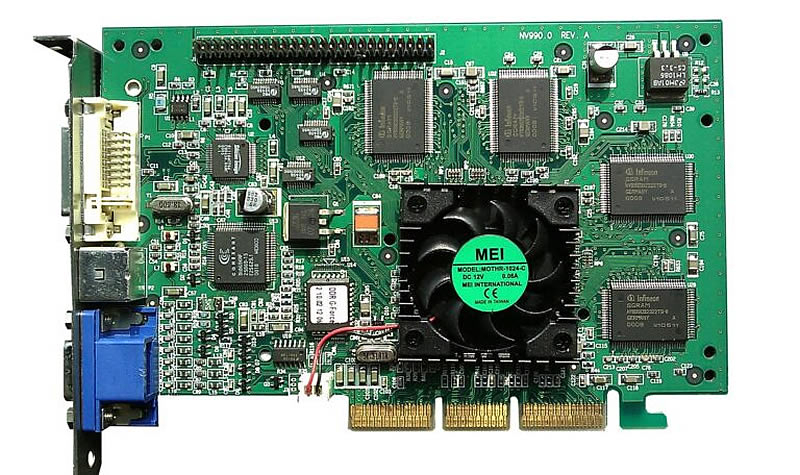A quarter of a century ago, on August 31, 1999, Nvidia introduced the GeForce 256, a discrete graphics card that was positioned as “the world’s first GPU.” This graphics accelerator revolutionized the gaming and graphics landscape, laying the foundation for modern technologies used in gaming, AI, and more.

GeForce 256. Image source: VisionTek/Wikipedia
The GeForce 256’s revolutionary impact was driven by the integration of transform and lighting (T&L) functions directly into the GPU. Previously, these calculations were performed by a central processor or required specialized hardware. By moving T&L to the GPU, Nvidia has reduced costs and increased performance compared to traditional 3D accelerators. This optimization allowed Nvidia to surpass its competitors and become what it is today.
The GeForce 256 had SDR memory, but was later upgraded to DDR, supported DirectX 7.0 and was the successor to the RIVA TNT2 series. It was a single-chip chip capable of processing 10 million polygons per second and had 23 million transistors, which today dwarfs the AD102 GPU in the GeForce RTX 4090, Nvidia’s current flagship GPU. Over 25 years, the number of transistors in a GPU has increased by 3,300 times, and the amount of memory by 768,000 times. At the same time, the flagship video card now requires nine times more energy and costs about four times more.
«At the time the GeForce 256 was released, Nvidia was competing with 35 other companies,” said company co-founder Chris Malachowsky in 2008. While some competitors were swallowed up by Nvidia, others were unable to keep up, and only AMD withstood the pressure. However, today the GPU market has expanded and companies such as Intel, AMD, Qualcomm and Nvidia are competing almost equally to develop the most advanced architectures for various applications. But Nvidia, with its flagship solutions, is clearly taking the lead, not only in games with the GeForce RTX 4090, but also in computing with the H100 and other GPUs.
GPUs have evolved significantly since the GeForce 256, now featuring powerful video encoding solutions, dedicated ray tracing units and tensor cores. They play a critical role in gaming, professional visualization, rendering, cloud streaming, computing, cryptocurrency, and the fast-growing field of generative AI. This trend is likely to continue, with more specialized hardware acceleration units being added in the future.